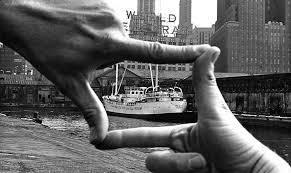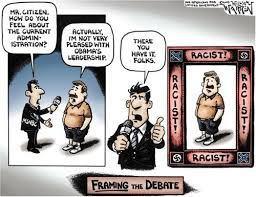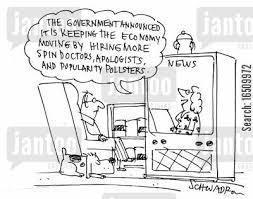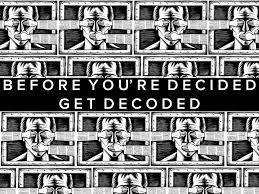In this Thinkibility Boost we will explore the relation between thinking and framing.
In visual arts and particularly cinematography, framing is the presentation of the visual element in an image, especially the placement of the subject in relation to other objects.

Framing can make an image more aesthetically pleasing and keep the viewer’s focus on the framed object(s).
Something similar happens with mass communication. In essence, framing theory suggests that how something is presented to the audience (called “the frame”) influences the choices people make about how to process that information. The basis of framing theory is that the media focuses attention on certain events and then places them within a field of meaning. Framing involves social construction of a social phenomenon – by mass media sources, political or social movements, political leaders, or other actors and organizations.
Framing is in many ways tied very closely to Agenda Setting theory. Both focus on how media draws the public’s eye to specific topics – in this way they set the agenda. But Framing takes this a step further in the way in which the news is presented creates a frame for that information.

Political Framing
This is usually a conscious choice by journalists – in this case, a frame refers to the way media as gatekeepers organize and present the ideas, events, and topics they cover.
Most of the time framing is a technique used by politicians or their advisers to favor a wished representation of the facts, usually when things went wrong.

Political Spinning
This is called spinning. The main objective is to lure the public into believing propaganda. A standard approach used in “spinning” is to reframe, reposition, or otherwise modify the perception of an issue or event, to reduce any negative impact it might have on public opinion.
Spinning might be discovered by misleading or false
- Metaphors: To give an idea or program a new meaning by comparing it to something else. See for an analysis of political metaphor here.
- Stories (myths and legends): To frame a subject by an anecdote in a vivid and memorable way. For an introductory text, see story telling in politics.
- Traditions (rites, rituals and ceremonies): To pattern and define an organization at regular time increments to confirm and reproduce organizational values.
- Slogans, jargon and catchphrases: To frame a subject in a memorable and familiar fashion. Here a list of political slogans, catch phrases, buzzwords and jargon.
- Artifacts: To illuminate corporate values through physical vestiges (sometimes in a way language cannot). Look here for 25 Amazing Political Artifacts From the New-York Historical Society
- Contrasts: To describe a subject in terms of what it is not. For an introduction read Contrast in Presentations Creates Contour

Save
